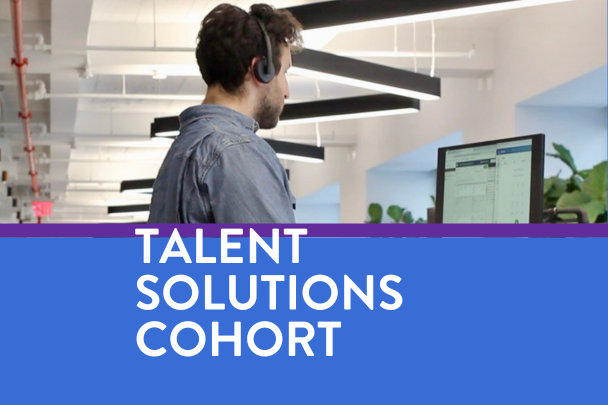As companies prepare for employees to return to the office in the new year, it’s important to have a comprehensive and strategic approach. This will ensure a seamless transition while also leveraging the opportunity for long-term growth and employee satisfaction.
1. Agile Workforce Planning
Strategic workforce planning goes beyond merely defining work models. It involves analyzing skill gaps, identifying roles suitable for remote work, and redesigning teams to maximize productivity. This includes assessing whether specific functions or roles can benefit from a continued remote or hybrid setup for enhanced efficiency.
2. Data-Driven Decision-Making
Utilizing data analytics to understand employee preferences, productivity trends, and collaboration patterns can inform decisions regarding office layouts, hybrid work schedules, and resource allocation. Companies can leverage this data to optimize space utilization and enhance employee experience.
3. Revamped Leadership Strategies
Preparing leadership for a hybrid work environment involves more than managerial training. It necessitates a shift in leadership styles towards fostering trust, empowering autonomy, and focusing on outcomes rather than monitoring activity. Leaders need to guide teams through the transition, emphasizing outcomes and supporting flexibility.
4. Redefined Performance Metrics
Traditional performance metrics might not align with the realities of a hybrid work environment. Companies need to recalibrate performance evaluations, focusing on output, innovation, and collaboration rather than mere presence or hours worked. Metrics should be adapted to assess teamwork, adaptability, and creativity.
5. Technological Integration and Cybersecurity
Ensuring seamless integration of technology across physical and virtual workspaces is crucial. Robust cybersecurity measures must be in place to safeguard sensitive data as the hybrid work environment increases vulnerability to cyber threats. Investing in secure digital collaboration tools is imperative for uninterrupted operations.
6. Culture and Engagement Initiatives
Maintaining a cohesive company culture in a hybrid setup requires deliberate efforts. Implementing culture-building initiatives, regular team-building activities, and fostering open communication channels will reinforce a sense of belonging among both in-office and remote employees.
7. Continuous Improvement Framework
Adopting an iterative approach towards RTO is essential. A continuous improvement framework allows companies to gather feedback, analyze outcomes, and make necessary adjustments promptly. This fosters adaptability and resilience in the face of evolving work dynamics.
The Elements of an Effective RTO Strategy
Crafting a strategic roadmap for the return to the office involves considering various factors beyond the physical transition. By approaching workforce planning deliberately, leveraging data insights, redefining leadership strategies, adapting performance metrics, fortifying technological infrastructure, nurturing company culture, and embracing continuous improvement, companies can not only navigate this transition effectively but also position themselves for sustained success in a hybrid work landscape.
Returning to the office is not only about physically going back to the workplace; it also presents an opportunity for companies to reimagine their work structures, empower their workforce, and thrive in an ever-evolving business environment. This more strategic perspective provides a comprehensive roadmap for companies preparing to return to the office.











